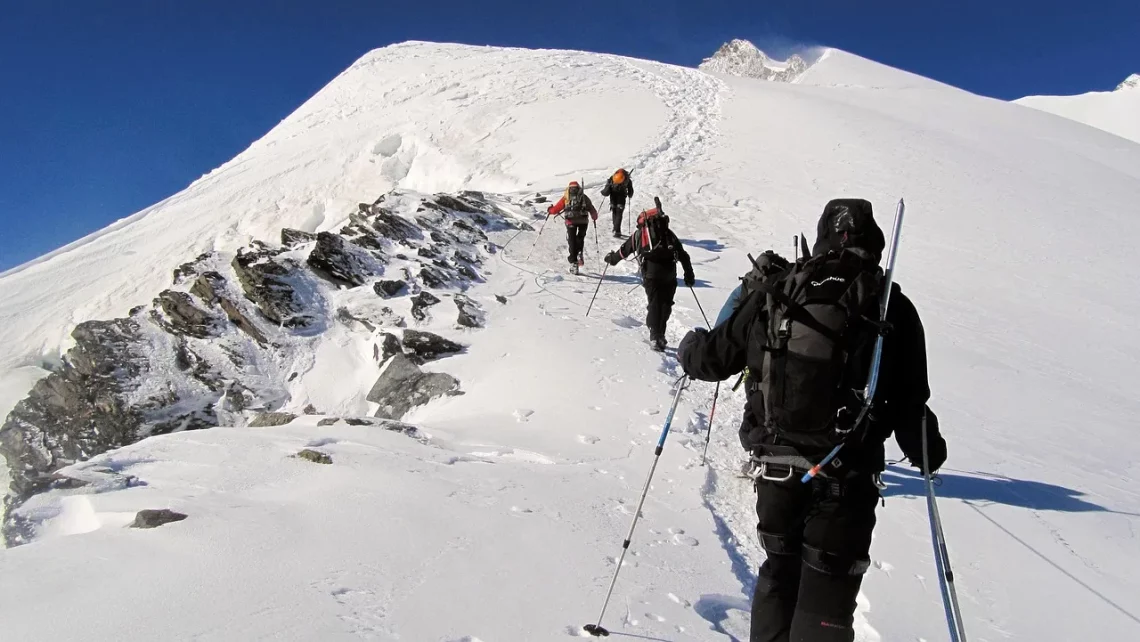
Bouldering vs Rock Climbing: Understanding the Key Differences
Bouldering and rock climbing are two exhilarating outdoor activities that attract adventurers and fitness enthusiasts alike. Each offers unique experiences, challenges, and rewards, making them popular choices for those seeking to connect with nature while testing their physical and mental limits. As individuals embark on their climbing journeys, they often find themselves at a crossroads, trying to decide which discipline best suits their interests and abilities.
Both bouldering and rock climbing require strength, technique, and perseverance, yet they differ significantly in their approach and execution. Bouldering, typically performed on shorter walls without the use of ropes, emphasizes powerful movements and problem-solving skills. In contrast, rock climbing often involves ascending higher routes with the security of ropes and harnesses, focusing on endurance and strategic planning.
Understanding the nuances of these two climbing styles can enhance one’s appreciation for the sport and help climbers choose paths that align with their personal goals. Whether you’re drawn to the strength-based challenges of bouldering or the vertical adventures of rock climbing, recognizing the key differences will provide valuable insights into the climbing world.
Equipment and Safety Considerations
When comparing bouldering and rock climbing, one of the most noticeable differences lies in the equipment used and the safety measures in place. Bouldering typically requires minimal gear. Climbers usually need climbing shoes, chalk for grip, and a crash pad to cushion any falls. The simplicity of bouldering gear allows for spontaneous outdoor sessions or quick trips to the climbing gym without the need for extensive preparation.
On the other hand, rock climbing necessitates a more comprehensive set of equipment due to the heights involved and the associated risks. Essential gear includes a harness, climbing shoes, a belay device, carabiners, and a climbing rope. Additionally, climbers often utilize protective gear like quickdraws and anchors when tackling outdoor routes. This equipment not only enhances safety but also allows climbers to tackle more challenging ascents.
Safety considerations differ significantly between the two disciplines. In bouldering, while climbers face the risk of falling from lower heights, the impact is mitigated by crash pads and spotters. However, the lack of ropes means that climbers must be acutely aware of their surroundings and the potential for injury from falls. Climbers often spend time analyzing routes, known as “problems,” to determine the best approach and ensure a safe ascent.
Conversely, rock climbing inherently involves greater heights, requiring climbers to employ safety measures to prevent serious injuries. The use of ropes and harnesses allows for more extended climbs, but it also necessitates a solid understanding of belaying techniques and rope management. Climbers must be vigilant about their gear, checking knots and equipment before each ascent. This focus on safety is crucial, especially when climbing outdoors, where environmental factors can pose additional challenges.
Physical Demands and Skill Development
The physical demands of bouldering and rock climbing vary, catering to different skill sets and fitness levels. Bouldering primarily emphasizes explosive strength, power, and dynamic movements. Climbers often rely on their upper body strength and core stability to execute challenging moves on shorter walls. This discipline also requires a high degree of body awareness and problem-solving skills, as climbers must quickly assess their next moves and adjust their techniques accordingly.
As climbers tackle various bouldering problems, they develop a unique set of skills, including flexibility, grip strength, and precise footwork. The relatively short duration of bouldering problems encourages climbers to push their limits in brief, intense bursts, making it an excellent workout for those looking to build strength and agility. Additionally, bouldering fosters a sense of community, as climbers often share tips and techniques, encouraging one another to improve.
In contrast, rock climbing focuses on endurance and strategic planning, requiring climbers to maintain their energy over longer ascents. Climbers must develop a balance of strength and stamina, as well as the ability to read routes and make calculated decisions about when to rest or push forward. The varied terrain and heights in rock climbing present unique challenges, compelling climbers to hone their skills in navigation, balance, and foot placement.
While both disciplines cultivate essential climbing skills, the progression differs based on the focus of each style. Bouldering often leads to rapid improvements in strength and technique, while rock climbing emphasizes endurance and strategic thinking. As climbers advance in either discipline, they may find themselves drawn to the complementary aspects of both, enriching their overall climbing experience.
Community and Culture
The communities surrounding bouldering and rock climbing are vibrant and diverse, each fostering its own culture and camaraderie among enthusiasts. Bouldering, often characterized by its informal and social atmosphere, attracts climbers of all levels. Gyms and outdoor bouldering areas serve as gathering spots where climbers can connect, share experiences, and support one another in their climbing journeys.
Bouldering events, such as competitions and meetups, further enhance the sense of community. These gatherings provide opportunities for climbers to showcase their skills, learn from one another, and celebrate accomplishments, regardless of skill level. The welcoming nature of the bouldering community encourages newcomers to join in, making it an accessible entry point for those interested in climbing.
In contrast, the rock climbing community tends to be more focused on skill development and technical expertise. Climbers often share a passion for exploration and adventure, with many seeking out remote crags and climbing locations to challenge themselves further. The culture surrounding rock climbing is often tied to environmental stewardship, as many climbers advocate for responsible outdoor practices to preserve natural climbing areas.
Rock climbing events, such as competitions and festivals, draw climbers from various backgrounds to celebrate their shared love for the sport. These gatherings not only showcase incredible climbing feats but also promote education on safety, technique, and environmental preservation. The sense of camaraderie among rock climbers is palpable, as participants encourage one another in their pursuit of personal and collective achievements.
While both bouldering and rock climbing communities foster support and camaraderie, the cultures reflect the unique characteristics of each discipline. Climbers often find their niche within these communities, forming lasting friendships and connections that extend beyond the climbing wall.
Choosing the Right Discipline for You
Deciding between bouldering and rock climbing ultimately comes down to personal preferences, goals, and fitness levels. For individuals seeking a more straightforward and social climbing experience, bouldering may be the ideal choice. The minimal equipment requirements and shorter routes create an inviting atmosphere for novices and seasoned climbers alike. Additionally, the emphasis on problem-solving and explosive movements offers a satisfying challenge for those looking to build strength and agility.
On the other hand, if you are drawn to the adventure of higher climbs and the technical aspects of climbing, rock climbing may be more appealing. The use of ropes and harnesses opens up a world of possibilities, allowing climbers to explore diverse terrains and tackle longer routes. Rock climbing can also provide a greater sense of accomplishment as climbers conquer higher elevations and develop their endurance.
Ultimately, many climbers find joy in both disciplines, appreciating the unique challenges and experiences each offers. Engaging in both bouldering and rock climbing can lead to well-rounded skill development, enhancing overall climbing proficiency. Whether you choose to focus on one or explore both, the key is to prioritize safety, set personal goals, and enjoy the journey of growth and discovery in the climbing world.
As a final note, while this article provides insights into bouldering and rock climbing, it is not a substitute for professional medical advice. If you have any health concerns or medical conditions, please consult a healthcare professional for guidance tailored to your situation.




